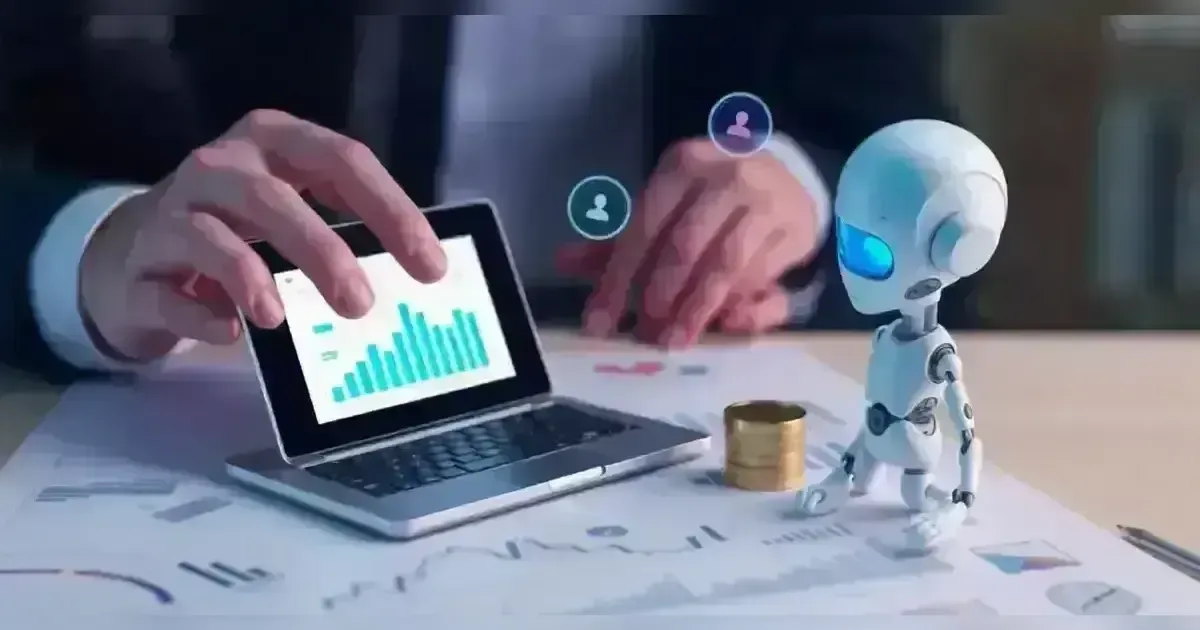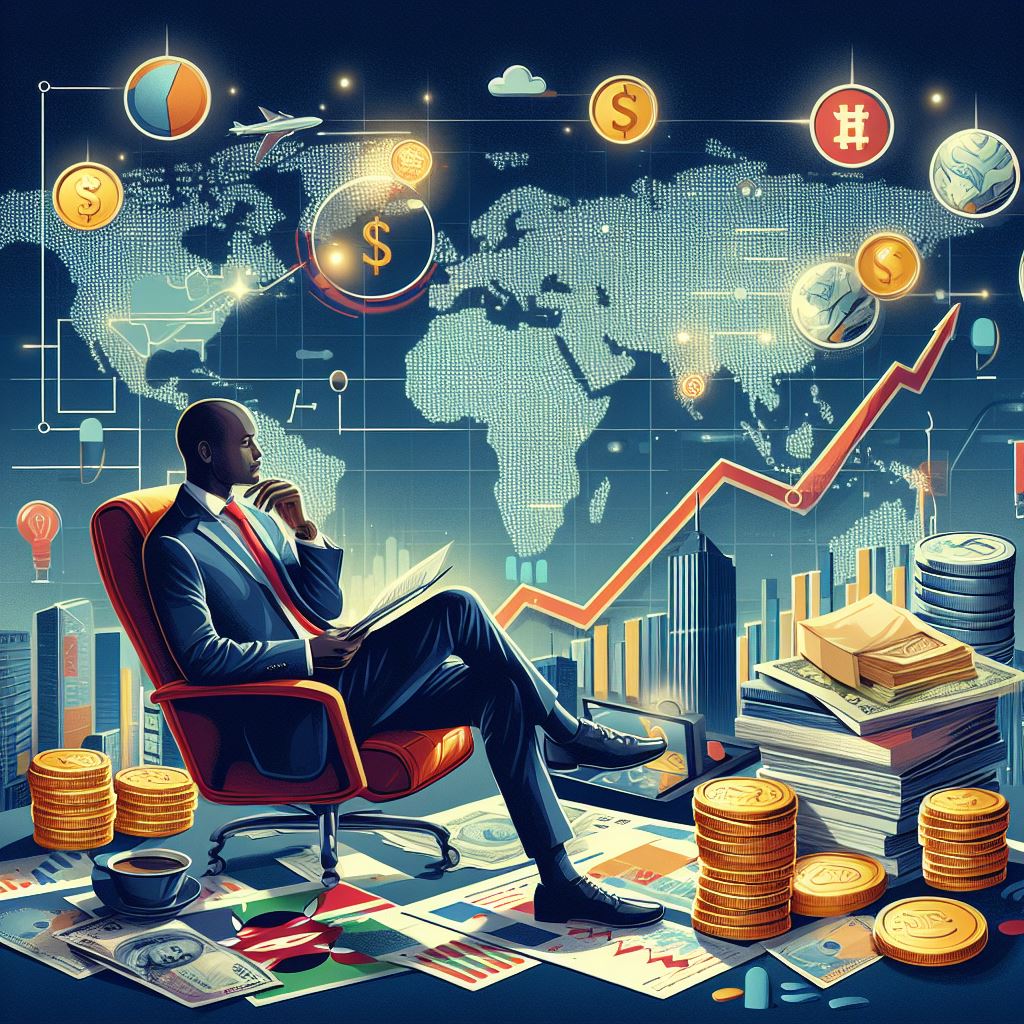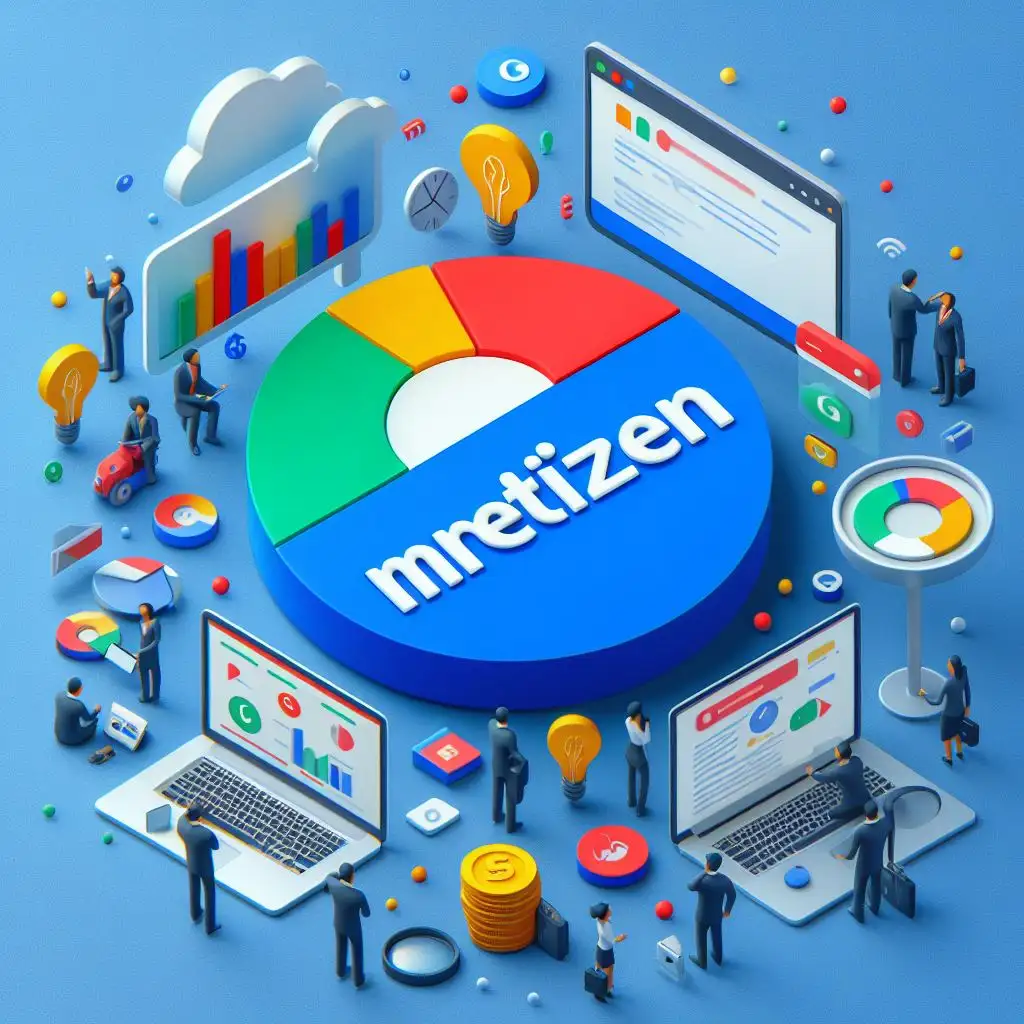Discover how inflation and innovation intersect to shape modern financial strategies. This in-depth analysis explores inflation’s challenges, innovation’s transformative power, and actionable solutions for resilience. Gain insights into balancing growth and stability while adapting to a rapidly evolving global economy. Perfect for investors, policymakers, and businesses navigating today’s financial landscape.
Introduction.
Globalization can be defined as inflation and innovation since there are two forces that affect the world economy differently. Inflation, regarded by many economists as an inevitable malign force, undermines purchasing power, destabilises financial structures, and makes forecasting very difficult. On the other hand, innovation is being seen as hope, facilitating advancement, effectiveness, and opportunity in business sectors. But these two dynamics are not separate from each other. Since inflation alters the manner of clients’ consumption and business expenses, innovation appears as a solution in response to this powerful phenomenon, which forms an appealing intersection that requires a managerial reevaluation of the financial views.
As technology continues to progress at what can only he called astounding rates and as the global economy has arguably never been as unpredictable as it is today, the struggle between inflation .and innovation is at its peak. The paradigms of the old, such as financial strategies categorized by inflation, are becoming ineffectual. However, what this means in a new paradigm is that one must understand how innovation comes in handy in reversing the impact of inflation. To this extent, this article seeks to understand how the various stakeholders in this field – business organisations, policy makers and individuals – can manage their affairs in the current setting to not just attain sound financial buildings, but of equal importance, utilise innovation as a means of fostering sound and stable growth.
1. Understanding Inflation: Causes, Impacts, and Trends.
Inflation is, therefore, that process whereby prices are gradually raised, which results in a decrease in the value of money in circulation. While inflation is flattering the economy in moderate level, a high rate of inflation and unpredictable ones poses a threat to world economies. The effects that trigger it include expansion of money supply, increasing cost of production, problems within the supply chain, and geo political risks. The demand increase across the global continuum is a product of the COVID 19 social impact, energy instabilities, and changes in trading relations in the contemporary global economy, making it an unpredictable landscape.
This shows that inflation is not just an economical Society, and political realms are also affected. On the side of the individuals, it results in living expenses bulging, and therefore, less savings are accrued. People are less wealthy, and for businesses, there are small margins of profit and inefficiencies in operations. At the country level, inflation widens the income disparity because there’s a direct relationship between inflation rates and the income status of individuals and households. This calls for a better understanding of changes in the inflation rates and any effects that may arise from them and ways to go about it. That is when societies can discuss the problem of inflated financial solutions meant to fight inflation and failed the development of more inclusive economic models.
2. Innovation as Tool to Tackle Inflation.
In the past, innovation has played the role of a buffer to inflation, and perhaps the current worrying levels of inflation are the outcome of a lack of innovation. For example, with the help of automation and artificial intelligence, production processes and accordingly, the flow of goods have become more efficient; thus, some companies can afford to make goods cheaper despite the increase in the prices of the raw materials. Like in the case of renewable energies, creativity has minimized the reliance on erratic fossil energy sources, keeping energy prices stable within an inflationary industry. These are the characteristics of breakthroughs that underlined the potential of innovation in overcoming the inflation problems most acute at present.
Also, innovation does not only provide responses to current issues; instead, it forms completely new economies to which new rules apply. The financial industries, such as the fin-tech, have brought about changes in the use of funds through eliminating inefficiencies in transactions and making individuals manage their funds in a better manner. The current realities have been precipitated by high inflation rates that compel organizations and individuals to adjust more on resource allocation, effectively making the adoption of innovation more a necessity rather than a choice. Rather, it is a competitive necessity through which economies do not only protect themselves against inflation but also can evolve to a changed and competitive world economy.
3. How to Work Around Inflationary Forces in Planning & Implementing Financial Strategies.
As the inflation deal with needs to be addressed in variousmost way and that means getting to use both operational and traditional finance tactics. Even simple practices such as diversification of the portfolio, as in equities, bonds, and real estates still remain effective measures of stress resistance. Linker bonds, gold among others, and real assets have been categorized for a long period of time as effective instruments in the fight against inflation. Nevertheless, these production patterns and cost controls need to be supported by the new, including promising directions such as the digital asset, which has an unprecedented opportunity for growth in conditions of inflation.
Again, for various business entities, it is important to keep their operations running smoothly and to be able to regulate their expenses. This may include changing existing supply contracts, implementing cost-saving technologies at different processes, as well as using big data for better decision making. At the micro level, there is a need to reconsider the saving and investing processes in order to protect one’s purchasing power and fulfil goals in the long run. Lastly, the way to go is positive in addressing the problem—being in a position to predict inflationary tendencies and fashion out means of controlling it through timely and smart financial management.
4. The Role of Innovation in Shaping Future Financial Strategies.
New technologies are shaping the manner in which ideas of financial management and planning are being developed and implemented. For instance, artificial intelligence produces immediate analysis of comprehensive market information, providing investors with the sound vision to conquer inflationary markets. Blockchain technology is disrupting financial transparency and trust and allowing for new decentralized financial solutions that avoid the problems of traditional systems. What is more, these innovations are valuable not only for decision-making but for opening the new opportunities on getting wealth and managing risks.
The advent of technology in personnel financial dealings is also changing consumer habits, including direct access to various investments via digital platforms. This democratization of finance plays a role in seeing that everybody and even small businesspeople can engage in wealth creation processes despite increasing costs. Through integration of financial goals with technology, the business and individual can fully exploit innovation, resulting in growth and competition in the inflationary world.
5. The Essential Role of Developmental States in Managing Economic Growth and Stability in a Context of Structural Change.
It is a delicate proposition to build a balance for creating an innovation for an economy and moderating inflation. return on innovation, effective product differentiation is a key indicator of growth, but it comes with cost, which is mostly covered by investment, which, if not controlled, leads to inflation. This means that policymakers need to develop strategies that will prompt technological advancement, however, without causing incremental expansion in the GDP. This implies encouraging sustainable innovation, for instance, through the provision of special taxation incentives for firms that undertake R & D on new and improved products while at the same time undertaking politicies, which will ensure sound monetary condition.
At the international level, there is a crucial need for cooperation in order to address conflict between growth and stability. With inflation and innovation increasing across the regions or the globe in general, countries are forced to ensure the standardization of rules of business, trade, and new technologies. What it means to businesses and investors is flexibility—preparedness to respond to the changes in economic policies and geopolitical circumstances. When these challenges are fixed ahead of time, then the global economy can start on a path towards establishing sustainable growth for everyone.
Conclusion.
With the twin problems of inflation and innovation now becoming the reality in the global economy, the issues of dynamic financial planning have never been so urgent. This is because as inflation continues to exert pressure, it demands that they are met through avenues that not only maintain but also create value. These are negative pressures, which, when effectively managed, innovation deters through proper channeling and opens growth even at difficult periods. Both of these aspects show that we welcome a progressive approach to looking at the future of financial management and planning.
Finally, synchronized inflation and IT is a chance to redescribe the finance. Those at the helm of affairs, the corporate and citizens must foster change and part their cash in technologies and methods that respond to uncertainties. Thus, the understanding of such intersection with intelligence and flexibility challenges society to create a fair, creative, and sustainable financial world.


























